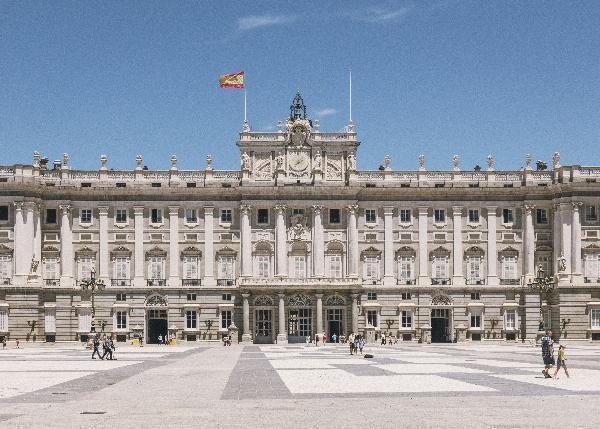 High-Converting Funnels – From Ad Click to Final Sale!
High-Converting Funnels – From Ad Click to Final Sale!
Galata Tower Istanbul: A Beacon of History and Culture
Written by Sofia » Updated on: June 17th, 2025

The Galata Tower Istanbul, a historic landmark and one of the city's most iconic structures, stands majestically in the Galata district, overlooking the Bosphorus and offering panoramic views of Istanbul. Erected in 1348 during the Genoese colony period, the tower has witnessed the city's evolution over centuries, surviving wars, fires, and earthquakes. Today, it serves as a significant cultural monument, attracting millions of visitors annually who come to marvel at its architectural beauty and to capture the breathtaking vistas from its observation deck.
The origins of the Galata Tower trace back to the Byzantine period when a wooden lighthouse occupied the site. However, the current stone structure was built by the Genoese as part of the fortifications for their colony in Constantinople, then known as Galata. Standing at 67 meters tall, it was the tallest structure in the city at the time. Its robust design and strategic location made it a crucial point for defense and observation.
Throughout the Ottoman era, the tower served various purposes, reflecting the dynamic history of Istanbul. In the 16th century, it was used as an observatory by the famous Ottoman astronomer Takiyüddin Efendi. Later, it became a watchtower to spot fires in the city, which were a frequent and devastating occurrence. The tower's role in fire surveillance is notably marked by an incident in 1794 when a fire severely damaged the structure, leading to significant restoration efforts.
The tower's most legendary moment arguably came in the early 17th century when Hezarfen Ahmed Çelebi, a celebrated Ottoman aviator, purportedly flew from the top of the Galata Tower across the Bosphorus to Üsküdar using artificial wings. This feat, though debated among historians, has become a part of Istanbul's rich folklore, symbolizing human ingenuity and the quest for exploration.
Architecturally, the Galata Tower exhibits a blend of Romanesque and Byzantine influences, with its conical cap and cylindrical body. The interior of the tower consists of nine stories, accessible by both stairs and elevators, which were added during modern restorations. Visitors can ascend to the observation deck to experience a 360-degree view of Istanbul, encompassing landmarks such as the Hagia Sophia, Topkapi Palace, and the Golden Horn.
In the modern era, the Galata Tower has been meticulously preserved and restored, ensuring that its historical integrity remains intact while making it accessible to the public. The most significant restorations occurred in the 1960s and 1990s, during which the tower was strengthened and modern amenities were added. Today, it houses a restaurant and café on the upper floors, providing a unique dining experience with a view that spans centuries of history.
The surrounding Galata district is equally vibrant, with narrow, winding streets filled with boutique shops, art galleries, and cafes. This area has become a cultural hub, attracting artists, musicians, and tourists alike. The district's eclectic mix of old and new complements the tower's historical presence, creating a dynamic atmosphere where past and present coexist harmoniously.
Visiting the Galata Tower is not just about ascending a historical structure; it is an immersive experience into Istanbul's diverse cultural and historical tapestry. The tower stands as a testament to the city's resilience and its ability to adapt and flourish through various epochs. Its enduring presence on the skyline is a reminder of the many civilizations that have called Istanbul home and the myriad stories that have unfolded within its walls.
Moreover, the Galata Tower continues to inspire contemporary artists and writers, featuring in numerous works of literature, music, and film. Its silhouette against the skyline is instantly recognizable, making it a symbol of Istanbul's unique blend of East and West. The tower's significance extends beyond its physical structure; it represents the spirit of Istanbul, a city that bridges continents and cultures.
In conclusion, the Galata Tower Istanbul is more than a historical monument; it is a living piece of the city's soul. Its rich history, architectural splendor, and panoramic views make it a must-visit destination for anyone seeking to understand Istanbul's past and present. The tower not only offers a glimpse into the city's storied history but also serves as a beacon of its vibrant cultural life, continuing to attract and inspire visitors from around the world.
Note: IndiBlogHub features both user-submitted and editorial content. We do not verify third-party contributions. Read our Disclaimer and Privacy Policyfor details.
Copyright © 2019-2025 IndiBlogHub.com. All rights reserved. Hosted on DigitalOcean for fast, reliable performance.
















